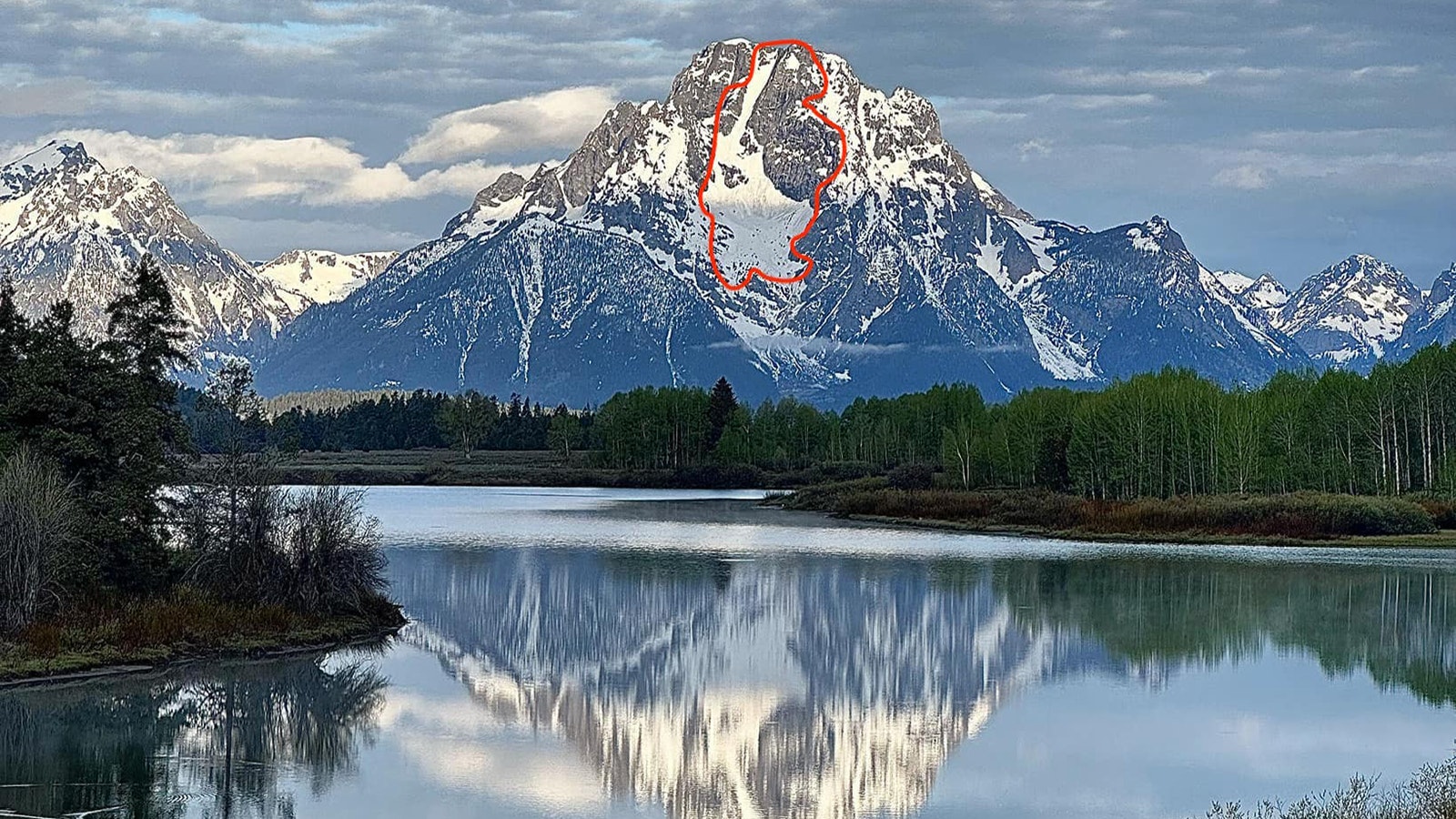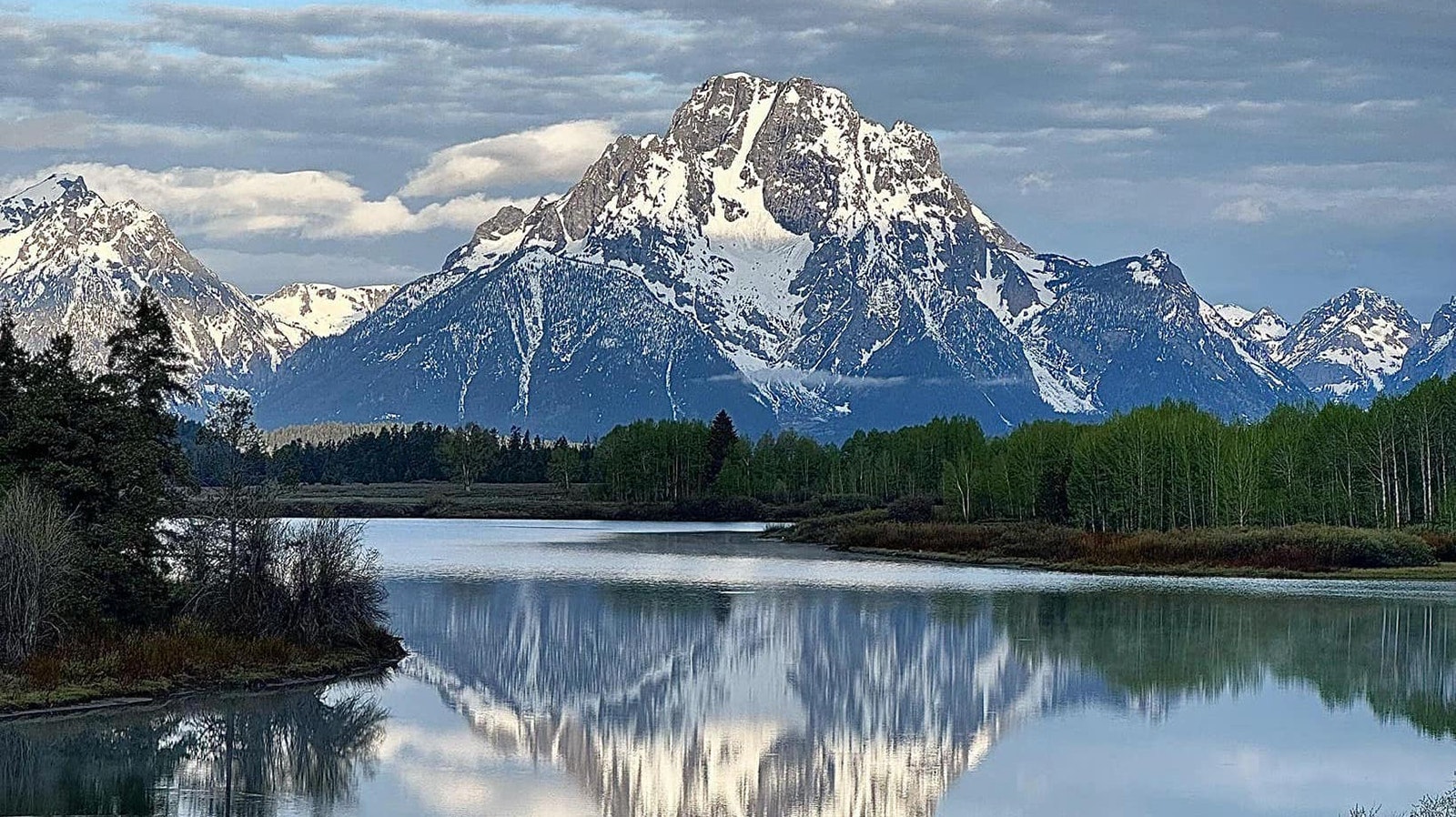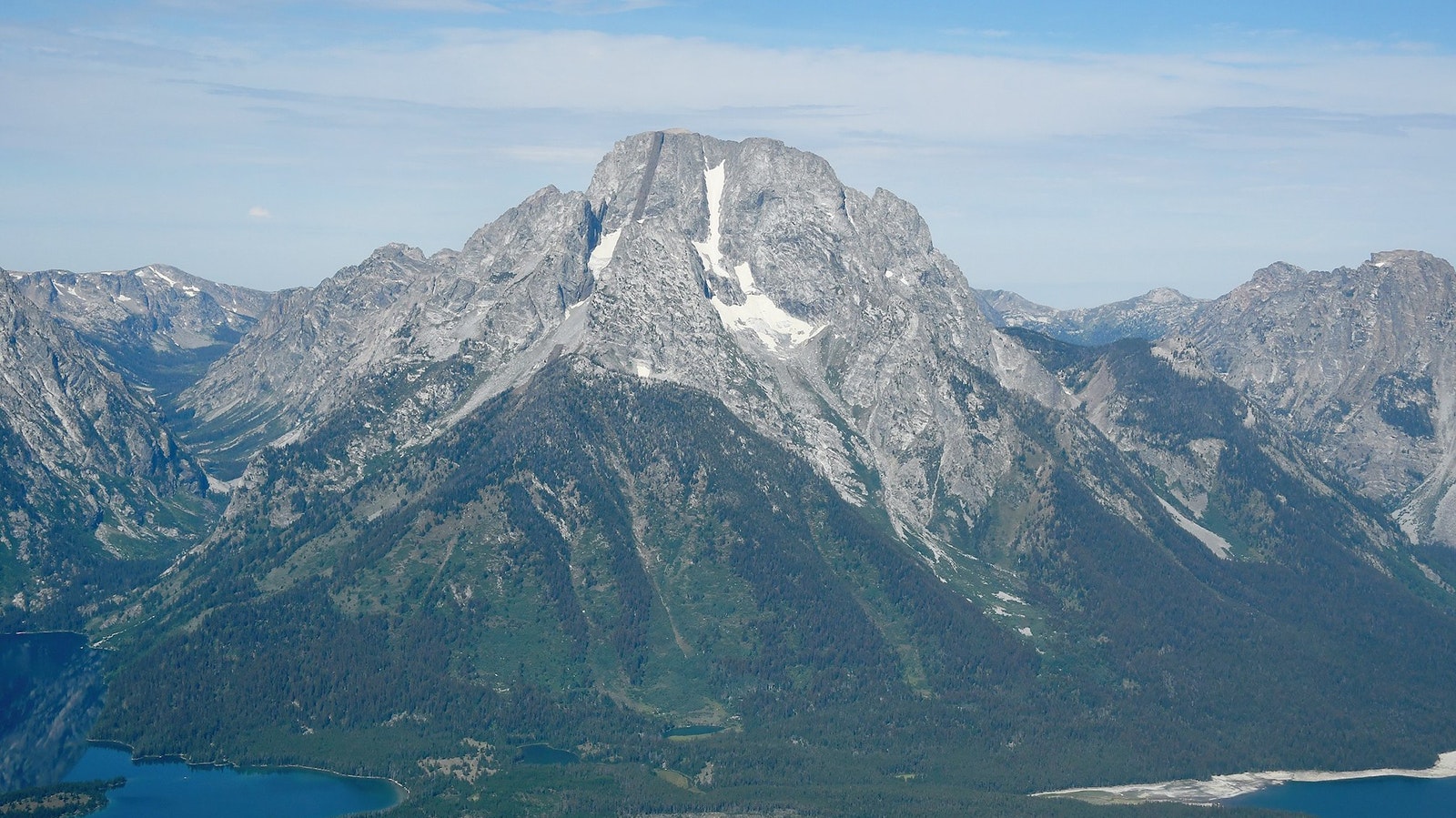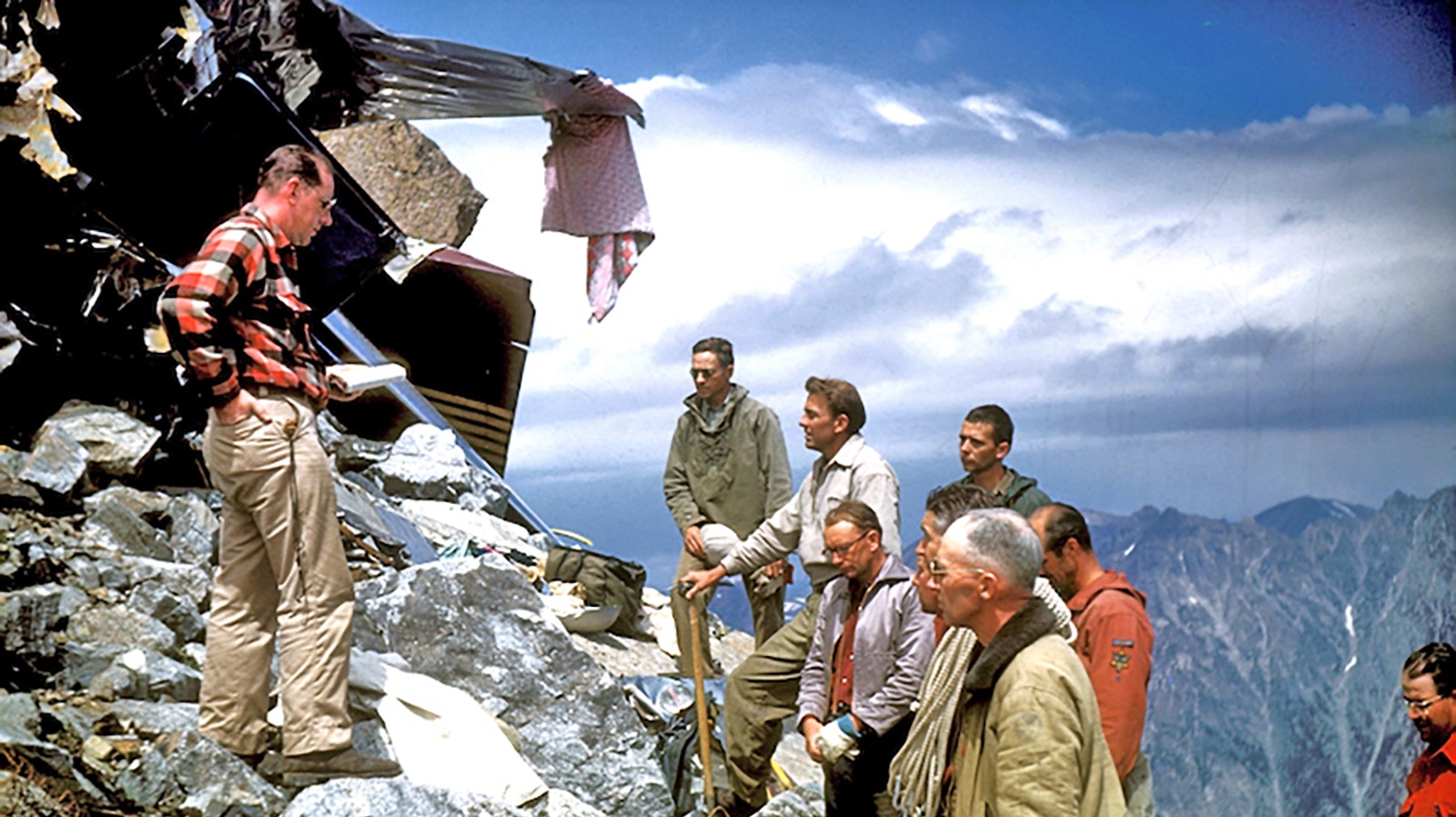Mount Moran may not get the recognition Grand Teton does in the iconic northwest Wyoming mountain range but, in some ways it has achieved as much notoriety.
And now it’s sporting the “face of a lady” in the melting snow that’s hard not to see.
At the northernmost end of the Teton Range in Grand Teton National Park is a flattop peak named for famed painter Thomas Moran. The mountain holds five glaciers, the most notable is Skillet Glacier.
It is this particular icepack feature that is melting in a way that the portrait of a lady’s face can be seen without a whole lot of imagination.

Our Lady Of The Mountains
It’s not the first time Mount Moran melt has manifested the lady. Depending on the snowpack and rate of melt, there have been years where the image is unmistakable through spring and early summer. In other years, however, not so much.
Various photos have made the rounds on social media soliciting a range of reactions.
· “This happens almost every year.”
· “How did I never see the lady until today?”
· “I can’t see it.”
Who the left-facing lady looks like appears quite subjective. Many on Facebook agreed it has a bit of a Princess Leia vibe. Old school lookers say Carol Burnett or Lucille Ball. At least one super old school user posited Clara Bow (full disclosure: we had to look her up).
Fictional look-a-like comparisons ran the gamut from Snow White to Bride of Frankenstein.
It was Candi A. Booth’s post to the Facebook group Yellowstone National Park that caught our eye. It has already nabbed some 17,455 reactions and nearly 1,000 shares.
“I have seen this peak at least a hundred times. How did I never see the lady until today?” Booth states.
It was Booth’s surprise revelation that got us wondering just how often the image does appear over the years. A quick search of pictures past (Mt. Moran is one of the most photographed mountains in probably the world) revealed many years where the image was barely recognizable. You would really have to know what you are looking for.
In other years, the snow portrait pops like, well, as Booth said, “How did we never notice this before?”
Tagging It Thomas
Thomas Moran was a painter of renown, heralded mostly for his works depicting the vast American West for city-dwellers back East. Moran was the canvas version of Ansel Adams and his camera.
Though born in England, Moran’s family migrated to eastern Pennsylvania. Moran took work with a local engraving firm in Philadelphia. He hated it. He also studied and was influenced by a fellow Brit, landscape paint legend J.M.W. Turner.
Moran first came west in 1871, attached to a geologist expedition of Yellowstone headed by Ferdinand V. Hayden. That party also included pioneer photographer William H. Jackson, who took the first photo of the Tetons in 1872. Moran and Jackson became fast friends, exploring and chronicling their adventures together for many years.
Early photography in the late 19th century was almost as clunky as hauling around easels and oil paints. Landscape painters like Moran proved instrumental in captivating audiences east of the Mississippi with their depictions of a rugged and untamed Rocky Mountain region.
Here is a piece of trivia. Mount Moran was named for the painter despite his likely never laying eyes on it.
Moran never travelled the valley east of the Teton Range (Jackson), and only just glimpsed the Tetons from the Idaho side at a distance in August 1879.
Moran sketched what he saw then and later finished his masterpiece “The Three Tetons” in 1895. That painting has hung in the White House off and on, during the George H.W. Bush, Bill Clinton and Barrack Obama administrations, most recently.
Moran also made two other oil paintings of the Tetons — "The Teton Range” (1897, Metropolitan Museum of Art) and “In The Teton Range” (1899, American Museum of Western Art).
Moran Scaled, Skied
Sure, the Grand Teton gets all the attention, but plenty of pomp surrounds majestic Moran.
The mount tops out at 12,610 feet and is one of the most heavily climbed and skied peaks on the planet, despite a century-old prediction it would never be scaled.
The first known attempt to summit the mountain was made by local rancher John Shive who tried in 1915, but was turned back just 600 feet from the top.
Three years later, plain as day and in bold print, the gauntlet was thrown down.
"The summit has never been attained and probably never will, as the last 3,000 feet of the mountain are sheer perpendicular walls of rock," read an assessment made in a March 30, 1918, issue of Scientific America.
To mountaineers, it read like a challenge. At least that’s how members of the Chicago Mountaineering Club viewed it. LeGrand Hardy, Bennet McNulty and Ben C. Rich summitted on July 22, 1922, by way of what is now known as the Skillet Glacier, or CMC route.
The ascension is featured in the historic climbing text “Fifty Classic Climbs of North America.” It is also on the short list of epic backcountry ski runs, believe it or not.
While the climb does involve a short span of technical climbing toward the summit, the approach is a bear. No park trails exist to the base of the mountain. In summer, climbers usually canoe String and Leigh lakes to begin their bushwhack hike through boggy terrain pocked with deadfall.
In winter, skiers typically skin 6 miles across Jackson Lake, beginning in the wee hours of the morning, then head straight up as the sun rises. The reward: 6,000 vertical feet of uninterrupted downhill skiing.
21 Die In 1951 Plane Crash
Another notable feature of Mount Moran, one that can be occasionally glimpsed when conditions are just right, is the wreckage of a Douglas DC-3 that crashed into the mountain in 1950.
The plane, bearing the registration N74586, took off from Chico, California, on Nov. 23, 1950, bound for Billings, Montana. It carried aboard 21 souls — eight children, 10 adults and a crew of three. All three pilots were reportedly experienced bombers from World War II.
In the foggy conditions, pilots likely never saw the mountain before they hit it at around 11,200 feet. After failing to show up in Billings, investigators were alerted to the crash site by local ranchers who noted a fire high on the mountain that evening.
The area of the crash is so remote and difficult to access, the plane and the bodies of the dead were left there. The following summer, a group of climbers and a church minister conducted an onsite memorial service.
To this day, climbers still occasionally encounter the scene, calling it a surreal and somber moment.
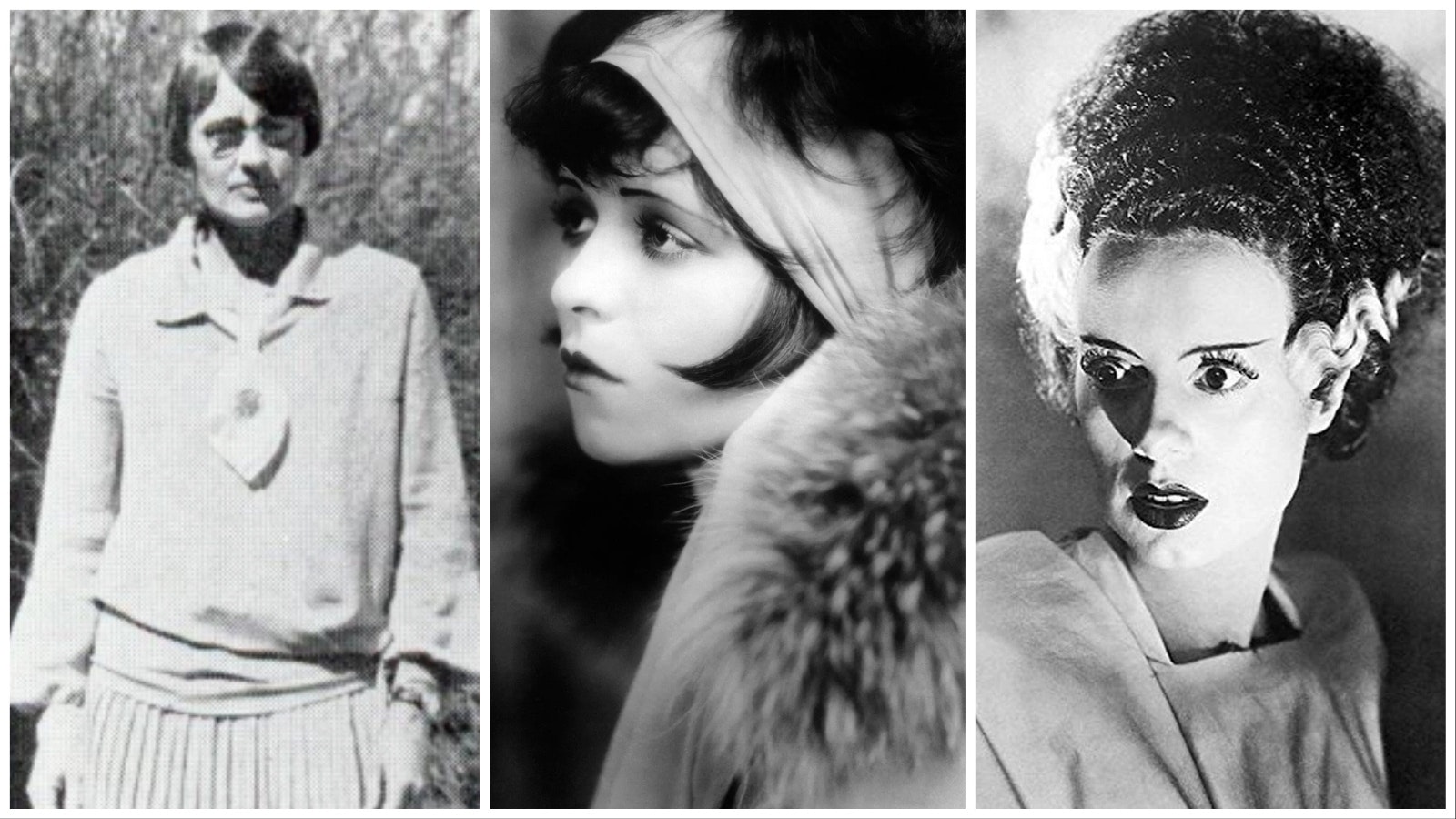
Lady Of The Mountains
If a name is desired for the mysterious image appearing hit-and-miss through the ages on Mount Moran, perhaps Miss Davis will do.
Eleanor Davis became the first woman to summit Mount Moran in 1926. The pioneering female climber of the Roaring ’20s and director of physical education for women at Colorado College also was first woman to top the Grand in 1923.
And just maybe the portending portrait already has a name.
Interestingly enough, the Catholic church in Jackson is named Our Lady of the Mountains. Could this Mountain Moran lady have something to do with a higher power?
“I know there are those imaginative people that see images in clouds or various other scenes. I am not one of those,” said Deacon Richard Harden of the local church. “However, I will say this does look like an image of a woman.
“Is it Our Lady of the Mountains? Maybe. It depends on whether you believe, I suppose. It could be an inspiration to draw you closer to our blessed Mary and God.
“Whether or not you see that in particular, it certainly is an image that draws us closer to the beauty of God’s creation, which leads us to a more profound relationship with him.”
Jake Nichols can be reached at jake@cowboystatedaily.com.

